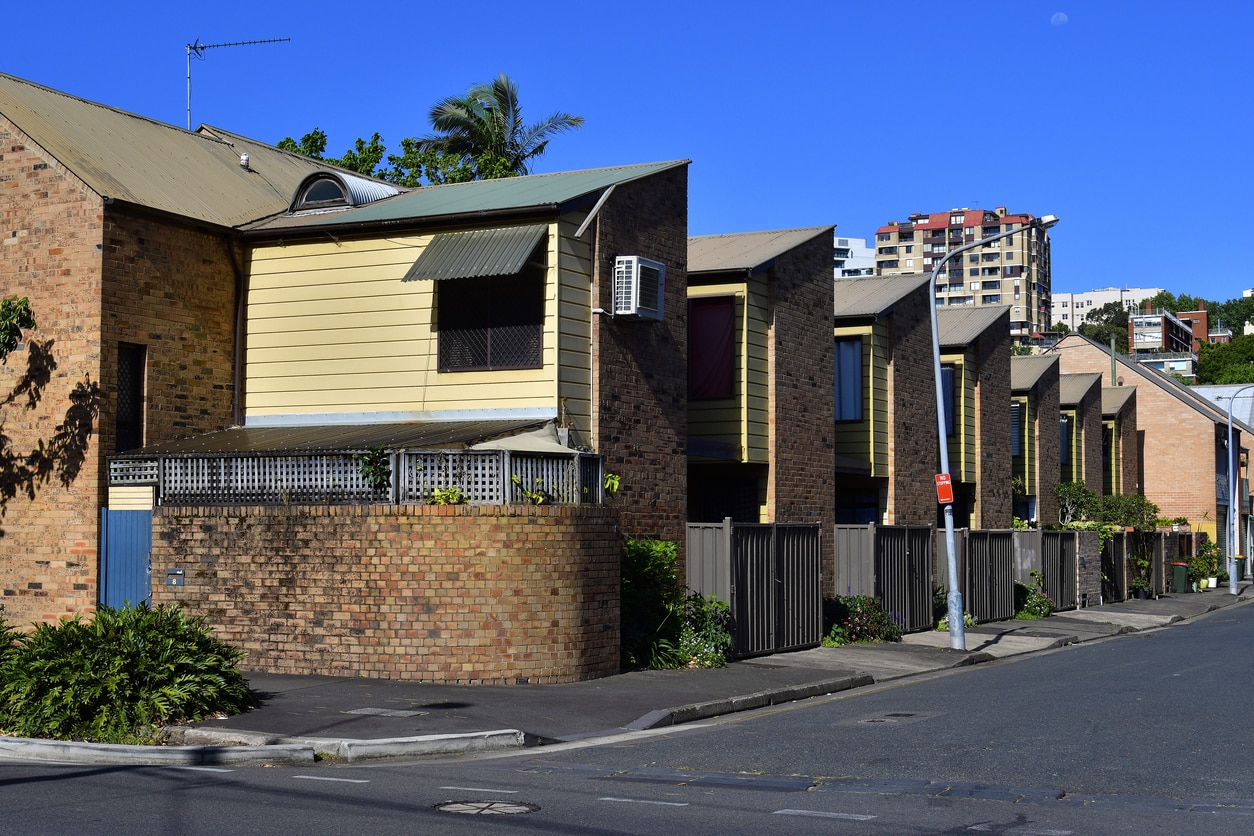Museum Victoria embraces digitisation to improve speed and quality of site inspections

Our client
Museum Victoria manages a wide range of services for some of Melbourne’s most significant cultural attractions including the Melbourne Museum, Scienceworks and the world heritage listed Royal Exhibition Building. Some of the most visited public locations in the state, the successful management of the cleaning, grounds and waste management services at these sites is of critical importance to our client’s reputation.
The visual presentation of these unique facilities requires a rigorous program of site inspection and ongoing contract performance management.
The challenge
Our client recently established a single contract for the provision of all cleaning, grounds maintenance and waste management services across all their six sites. Museum Victoria required confidence that the service provider delivered the best outcomes possible.
Grosvenor were engaged to support the development of a performance management framework. The framework is based on meaningful KPIs and ensures the collected information across all sites is analysed in an appropriate way to support the management of this major service contract.
An important building block of performance management are the monthly site inspections during which site supervisors check in excess of 50 items. These items include the quality of the services performed, contract compliance, customer service levels and adherence to health and safety standards.
The monthly collation of six Excel spreadsheets (one for each site) and the following manual calculation of performance levels was not a feasible option for our client. Their concerns ranged from the time spent on collating data, ensuring all data is entered correctly as well as providing a consistent approach to the assessment of performance.
Rather than developing a cumbersome static tool, Grosvenor worked with Museum Victoria to develop a mobile app that supports site supervisors during site inspections, collates all results and automatically calculates performance levels.
Site inspections enabled by mobile technology
Our client’s new approach to site inspections has four steps:
Step 1 – Site Supervisors conduct site inspection
We know that the assessment of cleanliness is often subjective. As a result, Museum Victoria decided to conduct two site inspections at each of their locations every month. The first inspection is completed by their own site supervisor, the second by the cleaning service provider.
During the site inspection, site supervisors use their tablet computer to complete a questionnaire which is tailored to the individual site (see Figure 1). A score for the outcome of the assessment is provided on a scale from 1 to 9. The supervisor can also add comments against their assessment and attach a photo taken with the tablet’s built in camera.

Figure 1: Site Supervisors record the outcomes of their inspections
Step 2 – Contract manager collates reports from site inspections
In this step, our client’s contract manager reviews the inspection results and selects the score that will ultimately be used to assess the service provider’s performance. In making this assessment, the contract manager determines the final performance score by reviewing the individual assessments from step 1.
This approach also allows the contract manager to see the gap between the assessment made by the site supervisor and the corresponding assessment by the service provider. As they are both using the same rating system, the gap represents the difference in their expectations. Expectation management is key to the assessment of subjective services like cleaning. By using this process, site supervisors and service provider staff can work together to develop a mutual understanding of what is expected.
To monitor and manage all site inspection tasks, the contract manager logs on to the app using their desktop computer. The landing page displays open tasks and suggests actions to be taken (see Figure 2).

Figure 2: The app monitors open tasks and suggests actions to be taken
Once all site supervisors have submitted their individual site assessment, the contract manager records the final score based on the suggested scores, comments and photos submitted by site supervisors (see Figure 3).

Figure 3: Contract manager determines final score based on information provided by site supervisors
Step 3 – Contract manager to provide compliance assessment
As the compliance with safety and commercial requirements are beyond the scope of site inspections, the contract manager completes the assessment against these requirements independently.
Step 4 – Calculation of performance levels
The results from steps 2 and 3 are then used to calculate performance levels across all six sites for review at the monthly and quarterly contract management meetings (see figure 4).

Figure 4: The app automatically calculates KPI levels across all six sites
The outcome
By assuring a consistent and transparent assessment process, Museum Victoria can work with their service provider without the ongoing debate about how assessments were conducted and what constitutes an acceptable level of service.
Our client has confidence that the agreed site inspection process delivers the evidence to identify areas of improvement. Rather than spending time collating performance data across six sites, the app allows our client to focus on how to improve the cleaning provider’s performance.








